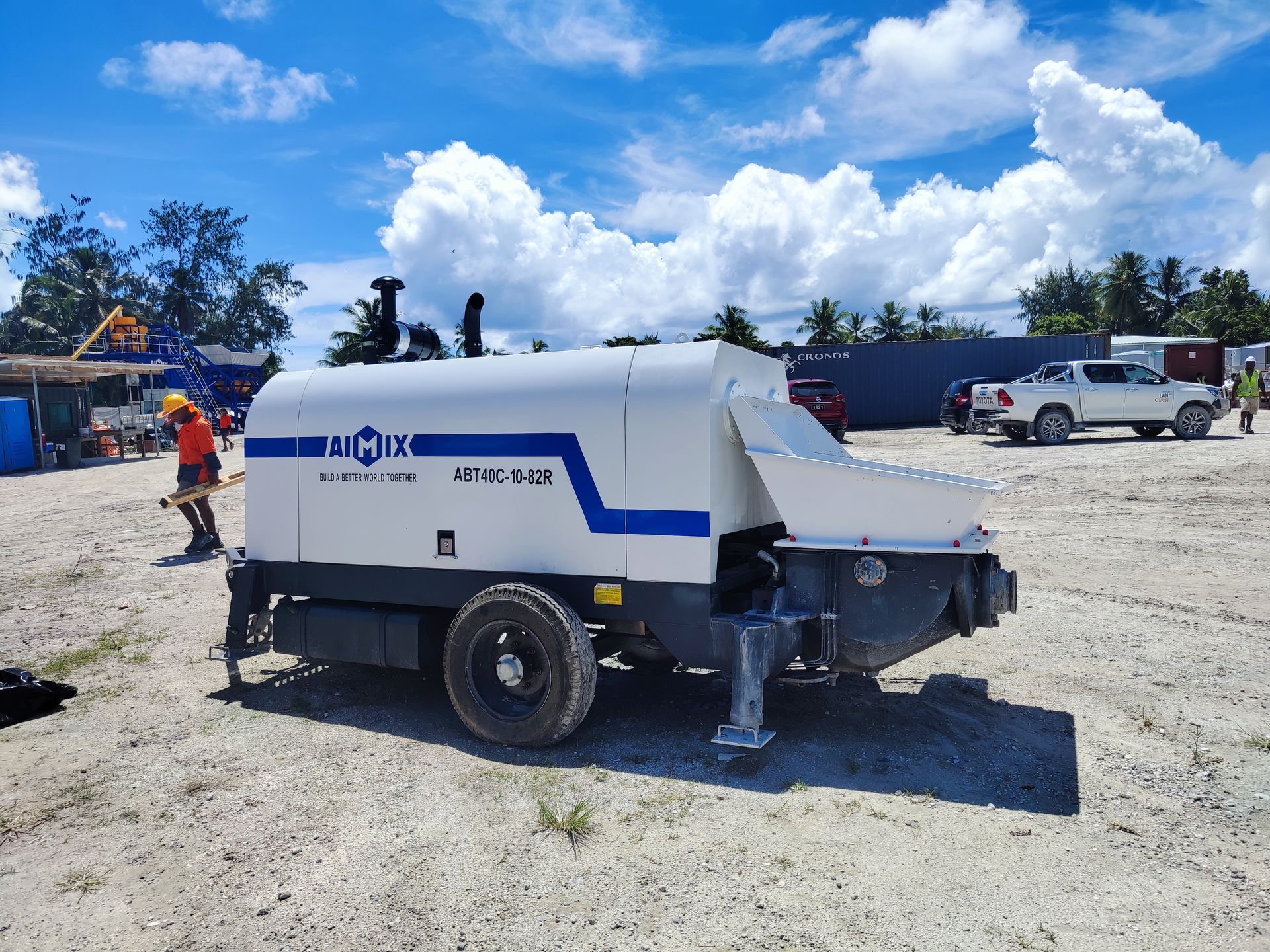Pumping concrete represents a crucial aspect of modern construction, enabling the efficient transportation and placement of concrete mixtures to various locations within a construction site. It serves as a fundamental method for delivering concrete to hard-to-reach areas, such as high-rise structures or sites with limited access.
The process of pumping concrete involves specialized equipment, primarily consisting of a concrete pump, delivery hoses, and ancillary components. The concrete pump with mixer , powered by hydraulic systems, facilitates the transfer of concrete from the mixing unit to the desired location through a series of interconnected hoses. This mechanism ensures a continuous flow of concrete, optimizing construction operations.
Advantages and Challenges of Pumping Concrete
Advantages of Pumping Concrete
1. Increased Efficiency and Productivity
Pumping concrete offers significant efficiency gains compared to traditional methods, such as manual pouring or crane and bucket techniques. It enables rapid placement of concrete, reducing construction timelines and labor costs. Moreover, the precise control over concrete flow enhances productivity by minimizing material wastage and improving construction quality.
2. Enhanced Placement Accuracy
The use of concrete pumps allows for precise placement of concrete at specified locations within the construction site. This level of accuracy is particularly beneficial for complex structures or architectural elements requiring intricate detailing. Furthermore, pumping concrete eliminates the need for manual handling, reducing the risk of errors and ensuring uniformity in concrete placement.
Challenges in Pumping Concrete
1. Potential for Blockages
Despite its advantages, pumping concrete poses certain challenges, including the risk of blockages within the delivery system. Factors such as insufficient lubrication, improper concrete mix consistency, or foreign object interference can lead to clogs or disruptions in the pumping process. Addressing these issues promptly is essential to prevent delays and maintain construction progress.
2. Maintenance Requirements
Maintaining concrete pumping equipment is crucial to ensure reliable performance and longevity. Regular maintenance routines, including cleaning, lubrication, and inspection of critical components, are necessary to prevent breakdowns and optimize equipment efficiency. Additionally, operator training in proper maintenance procedures and troubleshooting techniques is essential to address potential issues promptly.Get some details here: https://concretemixerwithpump.com/concrete-pump-for-sale-philippines/.
Best Practices for Pumping Concrete at Construction Sites
Proper Preparation and Planning
1. Site Assessment and Access Points
Before commencing concrete pumping operations, a thorough assessment of the construction site is necessary to identify potential obstacles, access points, and placement areas. This evaluation helps determine the most suitable equipment and pumping techniques to optimize efficiency and safety.
2. Concrete Mix Design Considerations
Selecting the appropriate concrete mix design is essential for successful pumping operations. Factors such as aggregate size, slump, and admixture content influence the flowability and pumpability of concrete. Collaborating with concrete suppliers and mix designers to tailor the mixture to specific project requirements ensures optimal performance during pumping.
Effective Operation and Maintenance
1. Skilled Operator Training
Ensuring that operators are adequately trained and certified in operating concrete pumping equipment is critical to prevent accidents and ensure smooth operations. Comprehensive training programs should cover equipment operation, safety protocols, and emergency procedures to mitigate risks and promote efficiency.
2. Regular Inspection and Maintenance Routines
Implementing a proactive maintenance schedule for concrete pumping equipment is essential to minimize downtime and prolong service life. Regular inspections, lubrication, and component replacements as needed help prevent premature wear and identify potential issues before they escalate into costly repairs. Additionally, maintaining detailed maintenance records facilitates tracking equipment performance and scheduling preventive maintenance tasks effectively.

